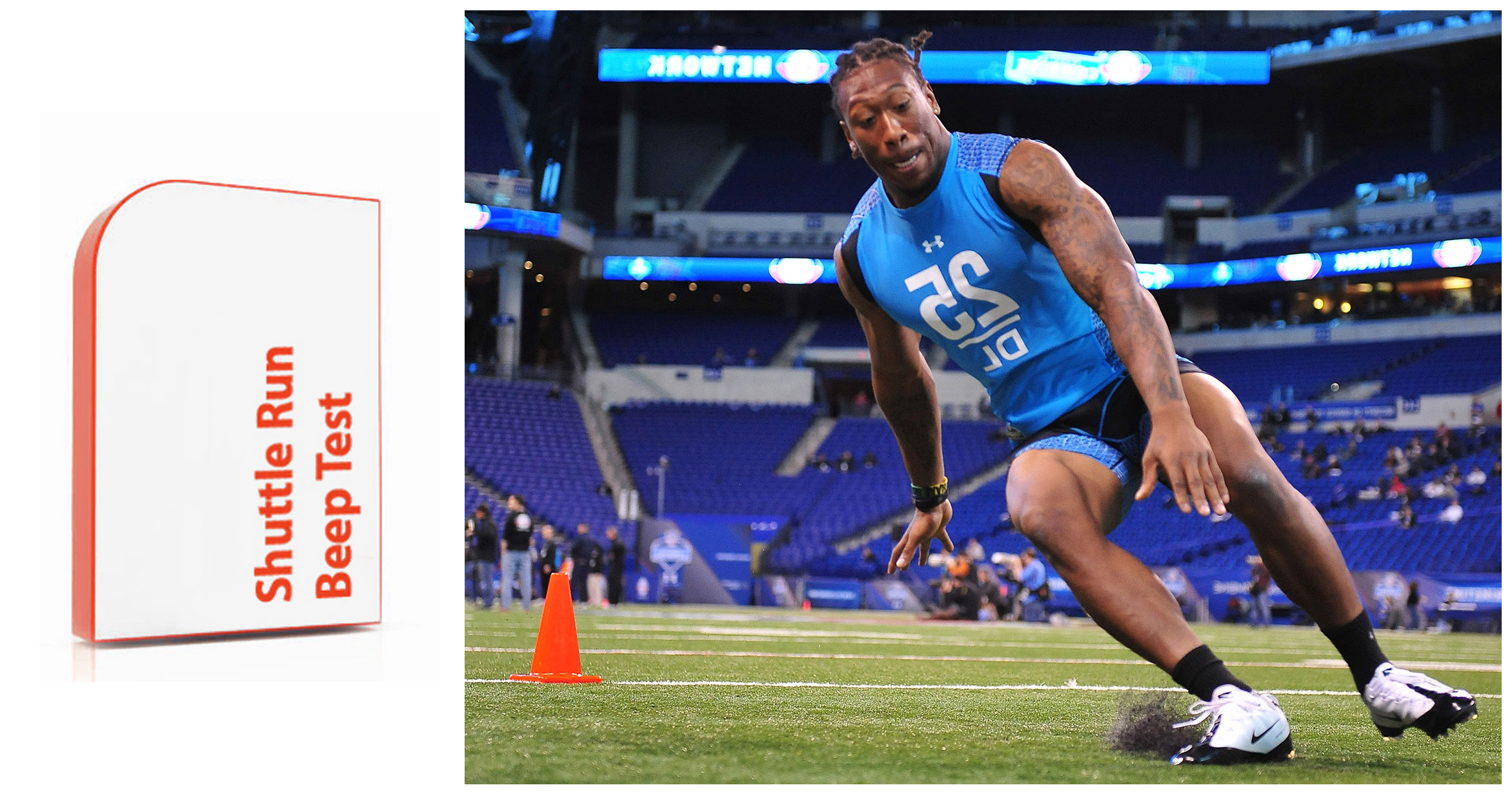

back to Step 1)Įvery minute or so, the level changes. At or after, but not before, the same beep, runners start the next circuit (i.e.At or before the next beep, runners must reach the 0m marker.At or after, but not before, the same beep, runners commence running back to the 0m marker.Touching with a single foot is acceptable At or before the following beep, runners must reach the 20m marker.Runners commence running towards the 20m marker.Following a countdown, a double beep or voice cue signals the start. Prior to the test commencing, runners line up at the 0m marker, facing the 20m marker. Additionally, the test's prediction of aerobic capacity is valid for most individuals, including those who are overweight or obese. The test appears to encourage maximal effort by children. Other variations of the test have also been developed, where the protocol starts at a speed of 8.0 km/h and with either 1 or 2-minute stages, but the original protocol is nevertheless recommended. The multi-stage fitness test was first described by Luc Léger with the original 1-minute protocol, which starts at a speed of 8.5 km/h, and increases by 0.5 km/h each minute. The multi-stage fitness test is also part of most health-related fitness test batteries for children and adolescents, such as Eurofit, Alpha-fit, FitnessGram and ASSOFTB. The test is used by sporting organizations around the world along with schools, the military, and others interested in gauging cardiovascular endurance, an important component of overall physical fitness. The score is recorded in Level.Shuttles format (e.g. The number of shuttles completed successfully is recorded as the score of that runner. A second caution ends the test for that runner. If a participant fails to reach the relevant marker in time, they are cautioned. Every minute or so, the next level commences: the time between beeps gets shorter participants must run faster. The test requires participants to run 20 meters back and forth across a marked track keeping time with beeps.

The multi-stage fitness test (MSFT), also known as the beep test, bleep test, PACER ( Progressive Aerobic Cardiovascular Endurance Run), PACER test, FitnessGram PACER test, or the 20 m Shuttle Run Test (20 m SRT), is a running test used to estimate an athlete's aerobic capacity ( VO 2 max).


 0 kommentar(er)
0 kommentar(er)
